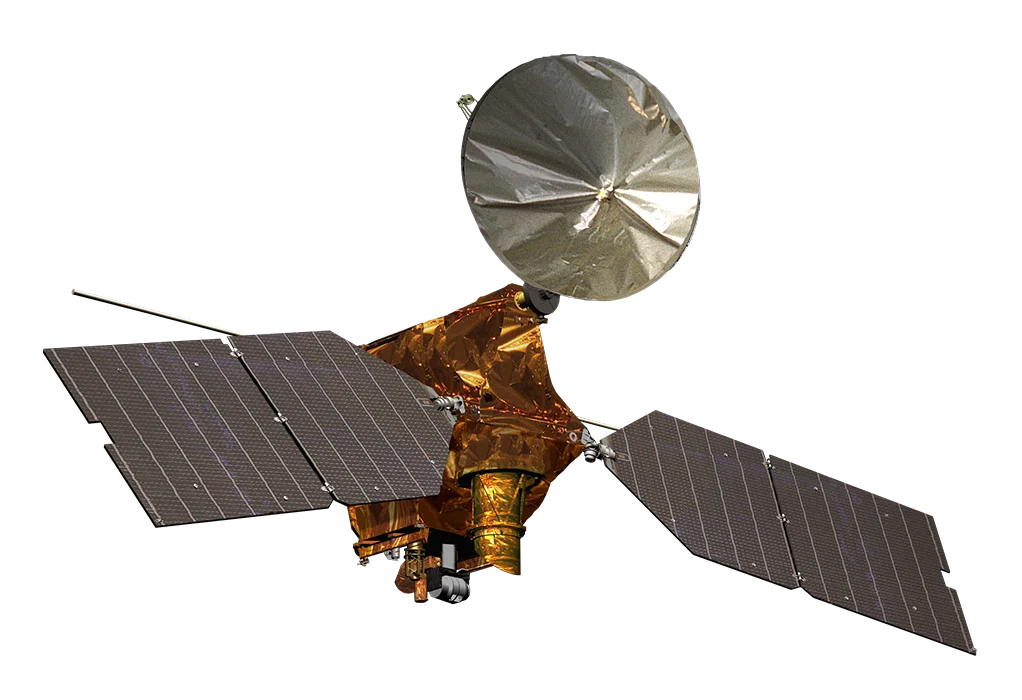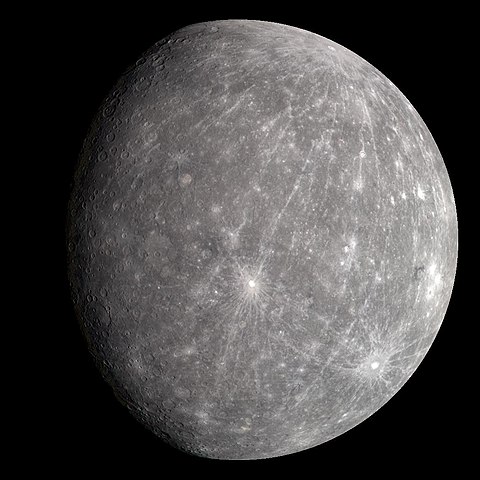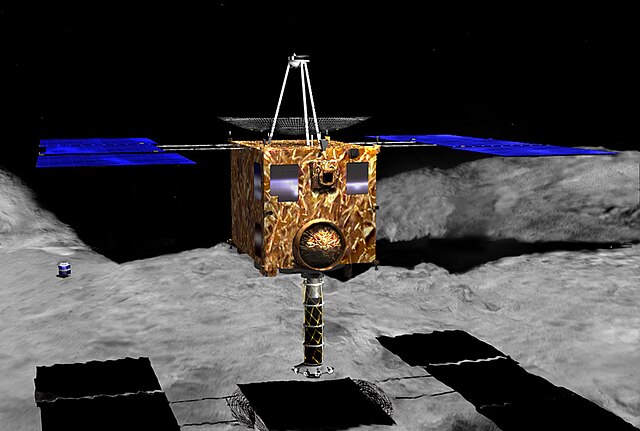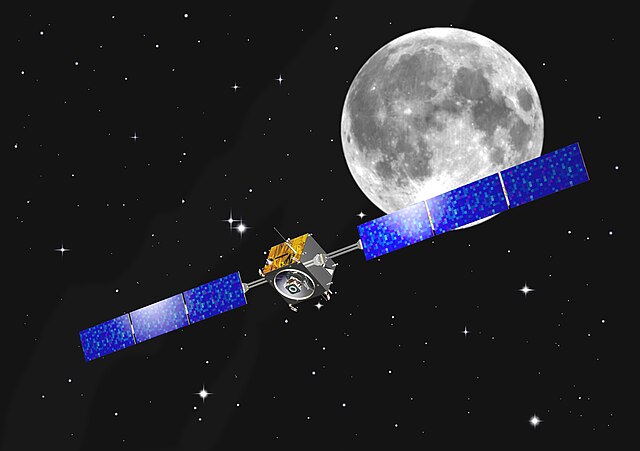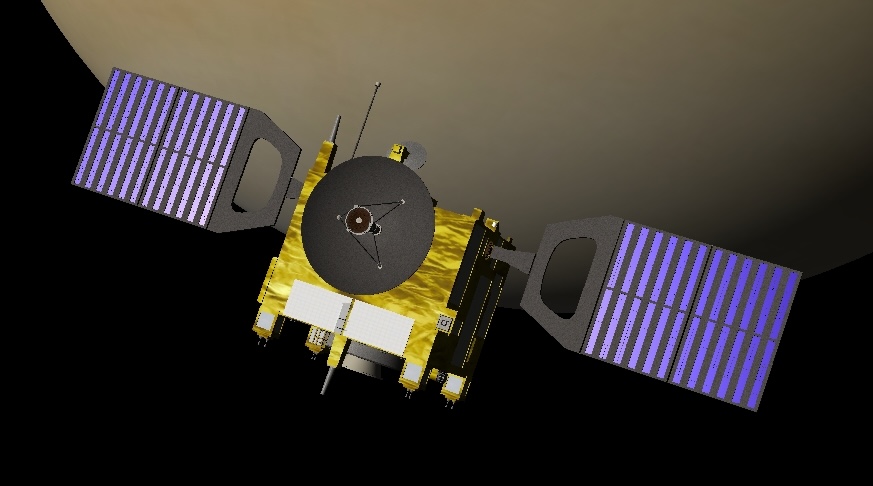1 day / second
0.5 AU
MESSENGER
Spacecraft
NASA's MESSENGER spacecraft orbited Mercury from 2011 to 2015, completing the first comprehensive study of the innermost planet and gathering detailed data about its composition, magnetic field, and surface features.
Key Facts
organization | NASA |
orbital regime | Inner System |
learn more | Wikipedia |
launched | 2004-08-03 |
decommissioned | 2015-04-30 |
launch mass | 1,107.9 kg |
power | 450 watts |
Mission Timeline
Launched
August 3, 2004 at 06:15 UTC
Venus
Gravity Assist
MESSENGER conducted its second planetary flyby of Venus on June 5, 2007, passing within 338 kilometers of the surface at 23:08 UTC to gain a gravity assist that would help set its trajectory toward Mercury.
Mercury
Orbiter
MESSENGER entered Mercury's orbit on March 18, 2011, becoming the first spacecraft to orbit the innermost planet and studying its composition and magnetic field until its planned impact on the surface in 2015.
Decommissioned
April 30, 2015 at 19:26 UTC
After completing its successful 11-year mission studying Mercury's composition and environment, MESSENGER intentionally crashed into the planet's surface at over 8,700 mph, creating a new impact crater approximately 52 feet wide.
Other Spacecraft
